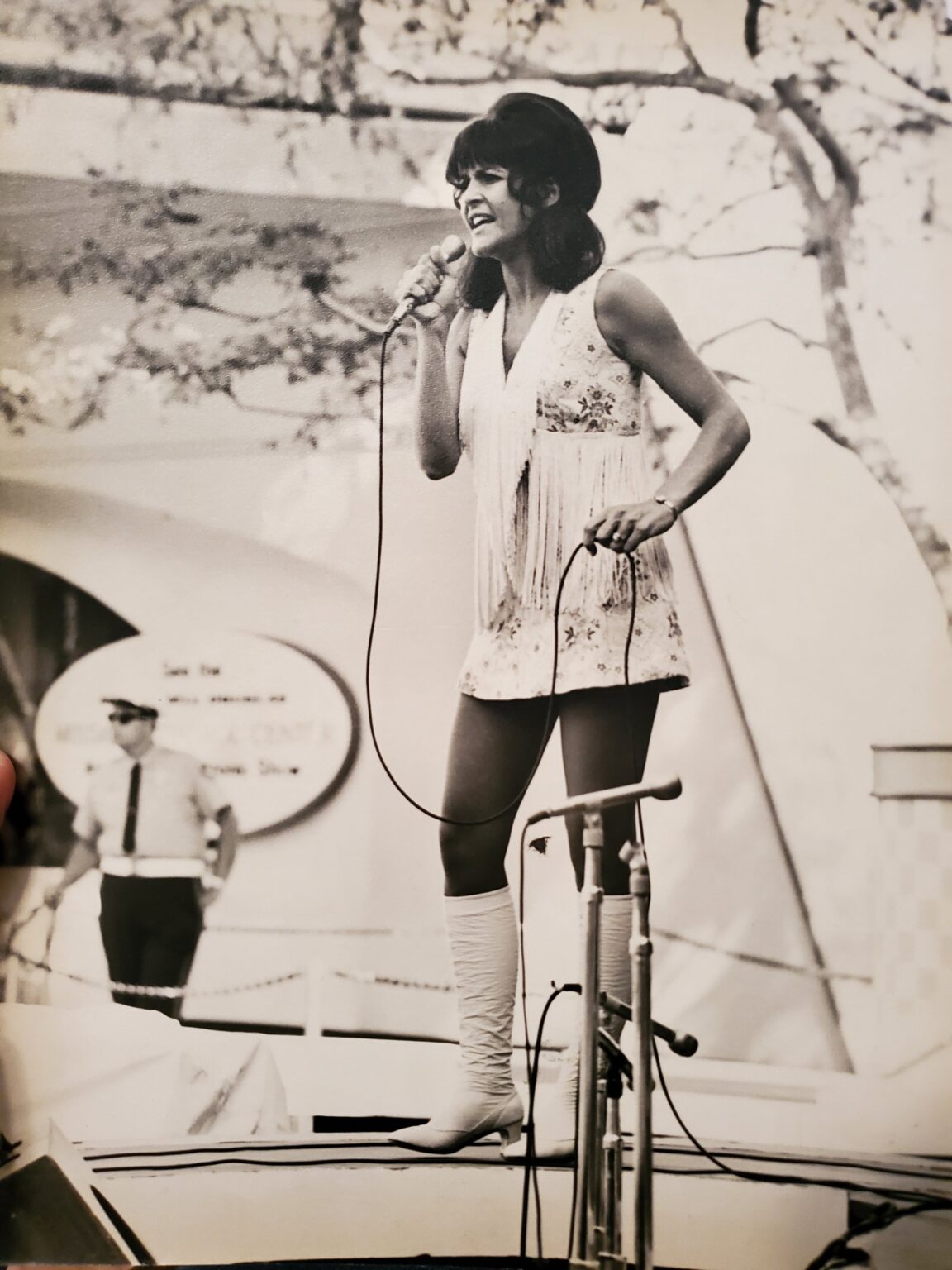Introduction:
In the early 1970s, as the American music scene was undergoing a significant transformation, a song emerged from the heartland that would capture the simple joys of life and a feeling of genuine contentment. This song was “The Happiest Girl in the Whole U.S.A.” by the talented singer-songwriter Donna Fargo. Released in 1972, this track wasn’t just another hit; it was a warm, heartfelt anthem that resonated deeply with listeners, offering a sense of peace and optimism during a time of great social change.
The beauty of this song lies in its sincere and unpretentious message. It’s a snapshot of a perfect day, where happiness isn’t found in grand gestures or material wealth, but in the small, cherished moments of everyday life. Fargo’s lyrics paint a vivid picture: a cup of coffee, the morning sun, and the simple pleasure of being in love. The song’s protagonist wakes up and declares her happiness, not because she has everything, but because she has the one person she loves. This honest and relatable sentiment made the song a universal favorite.
Musically, the song is a perfect blend of country and pop. Fargo’s gentle, clear vocals glide effortlessly over a simple, melodic arrangement. The instrumentation is classic and clean, with a gentle acoustic guitar and a subtle rhythm section that allows the heartfelt lyrics to take center stage. This simple production choice was a masterstroke, ensuring the song’s emotional core remained front and center. It’s a song that feels like a quiet conversation between friends, where the words are spoken with genuine affection and understanding.
“The Happiest Girl in the Whole U.S.A.” didn’t just become a commercial success, topping both the Billboard Hot Country Singles and Adult Contemporary charts; it became a cultural touchstone. It earned Donna Fargo a Grammy Award for Best Female Country Vocal Performance and was a testament to her unique ability to connect with an audience on an emotional level. The song’s enduring appeal lies in its timeless message: that true happiness is often found in the quiet, simple moments of love and gratitude. It’s a reminder to appreciate the little things and to find joy in the present, a message that remains as powerful and relevant today as it was in 1972.
